Η πρώτη έγχρωμη υποβρύχια φωτογραφία ενός hogfish στο βυθό του Μεξικού. Φωτ. Charles Martin/National Geographic.

Φωτ. Charles Martin/National Geographic.
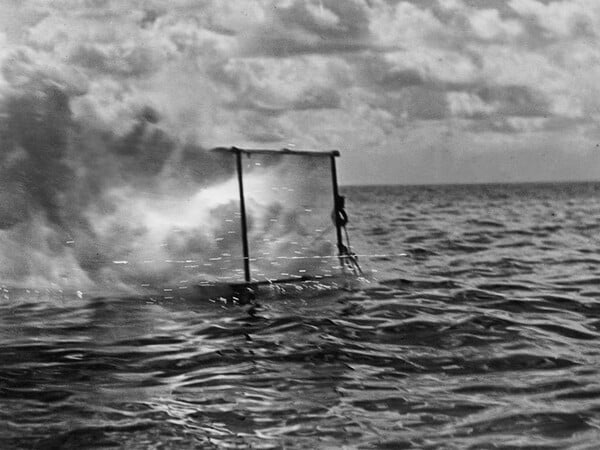
Μια λάμψη από φλας μαγνησίου φωτίζει την θάλασσα σε ακτίνα 4,5 μέτρων και αποκαλύπτει για πρώτη φορά στον φακό του φωτογράφου τη ζωή κάτω από αυτήν. Φωτ. Charles Martin/National Geographic.
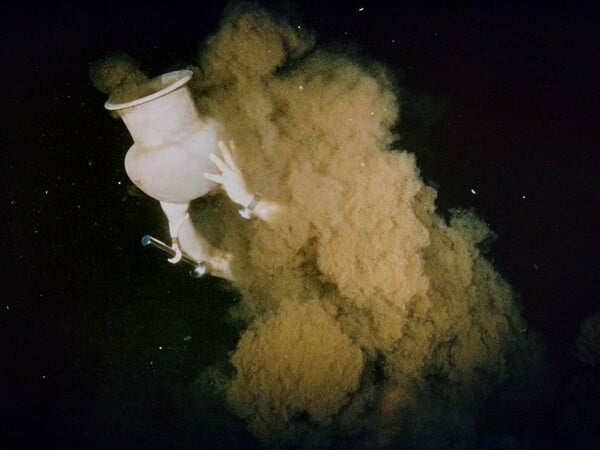
Συνεργάτης του Jacques Cousteau, ο Luis Marden φωτογραφίζει έναν αμφορέα στο βυθό του Μεξικού. Φωτ. Luis Marden/National Geographic.
First Underwater Color Photos
(άρθρο του National Geographic)
In 1910, botanist William Harding Longley was studying fish—specifically the protective coloration of reef-dwelling fish—in the Dry Tortugas. He wanted to photograph the fish, in their natural habitat, in color. The problem? It had never been done before. As the decade of the 1920s opened, the only dependable process for color photography was the Autochrome glass plate, but that required time exposures for color to register on its emulsion. That meant posed pictures, even in full daylight. In 1923, Longley tried it anyway, experimenting with Autochromes in the tropical shallows. He photographed only stationary objects like corals, anemones, and sea fans. But even that required 10 or 12 seconds of exposure for anything to register, and the results were still dark and disappointing. He needed to find a way to make instantaneous color photographs underwater.
Longley's interests neatly dovetailed with those of Gilbert H. Grosvenor, President of the National Geographic Society and Editor of its magazine. Grosvenor, intending to keep the magazine in the photographic forefront, had been publishing color photographs, rarely found in periodicals of the day, at every opportunity. Why not make and publish the first color photographs to be taken beneath the sea? It would be a technical tour de force, one sure to interest the Society's broad membership.
So when Longley returned to the Dry Tortugas in the summer of 1926, a man from National Geographic accompanied him. As the first chief of National Geographic's newly established Photo Lab, Charles Martin knew his photographic chemistry, and after discussing the challenges of exposing Autochromes beneath the sea, he concocted a "hypersensitizing" solution to coat the plates so as to cut the exposure time from one second of daylight to 1/20 of a second. Upon arrival in the Dry Tortugas, Martin found that he had to apply the solution at dawn each morning, for the heat and humidity later in the day melted the emulsion.
Dangerous Concoction
Nevertheless, the hypersensitized plates were still too slow for underwater work. So in order to supplement the natural daylight and help negate the bluish hue of water, the two men elected to follow a very risky course. They decided to use highly explosive magnesium flash powder. Just a pinch of the stuff, in these pre-flashbulb days, made small explosions in photographers' flash lamps and filled rooms with smoke. Longley and Martin, however, decided to discharge an entire pound (0.5 kilograms) of it at one time. It could blow them sky-high if it sparked prematurely.
Longley moved about beneath the surface of the water, dragging a jury-rigged raft, supporting a battery, a reflecting hood, and the pound of flash powder. Martin and other assistants stayed well away in dories. Down beneath the waves, Longley would see a fish. Then, buffeted by the swell and using both his hands and knees to steady the bulky camera, he would focus and reach for the shutter, which was wired to the battery on the raft and from the battery to the powder.
When the electrical impulse from the shutter ignited the powder, the result was kaboom! The enormous explosion, equal to the light of 2,400 flashbulbs, illuminated the sea down to 15 feet (4.6 meters).
In this way—one plate at a time, for they had to repeat the whole sequence with each new shot—they stalked about the turquoise shallows, marking their progress with blinding, booming regularity. It was very dangerous; once Longley was seriously burned when a bit of the powder flashed prematurely. He was laid up for six days.
Colorful Payoff
But it worked. When later developed, the plates revealed unmistakable images: a hogfish, some gray snappers, a school of French grunts, a parrotfish—beautiful images of fish seen against the rich hues and colors of the reef. They were the first successful undersea color photographs ever made, and when "First Autochromes From the Ocean Bottom" was printed alongside Longley's article, "Life on a Coral Reef," in the January 1927 issue of National Geographic, they were also the first ever published.
It remained, however, a lonely monument. No one cared to repeat the experiment, and further progress in underwater color photography had to await the advent of fast-color film a decade later. By then Longley would be dead of a brain tumor, never having completed his study of the fishes of the Dry Tortugas. Not long afterwards, Martin retired and drifted into obscurity. Their improvised success, however, had established what would become the great tradition of National Geographic underwater achievements.


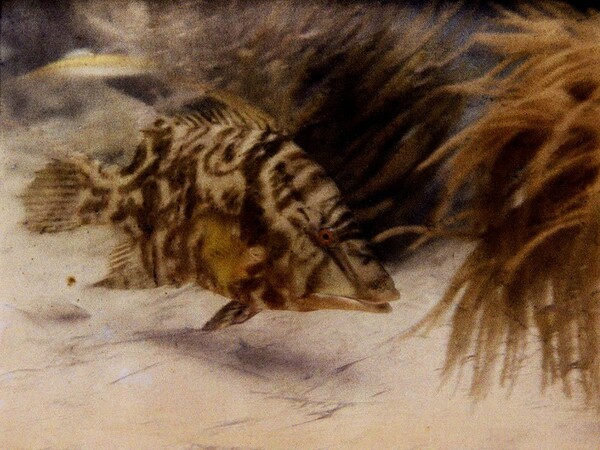





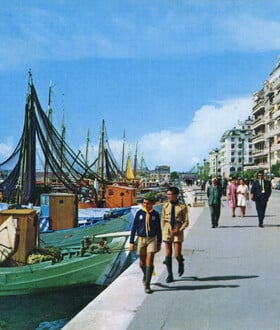


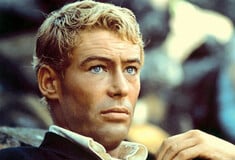
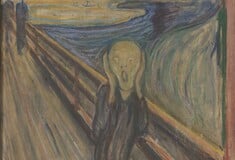



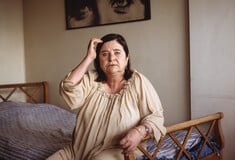

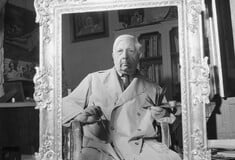
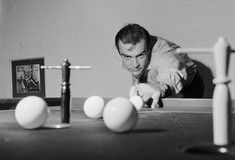
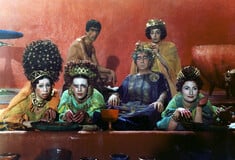




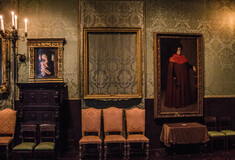
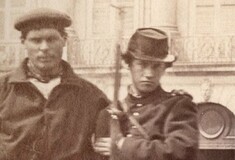
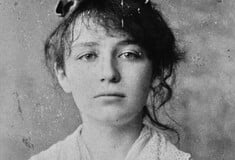


σχόλια